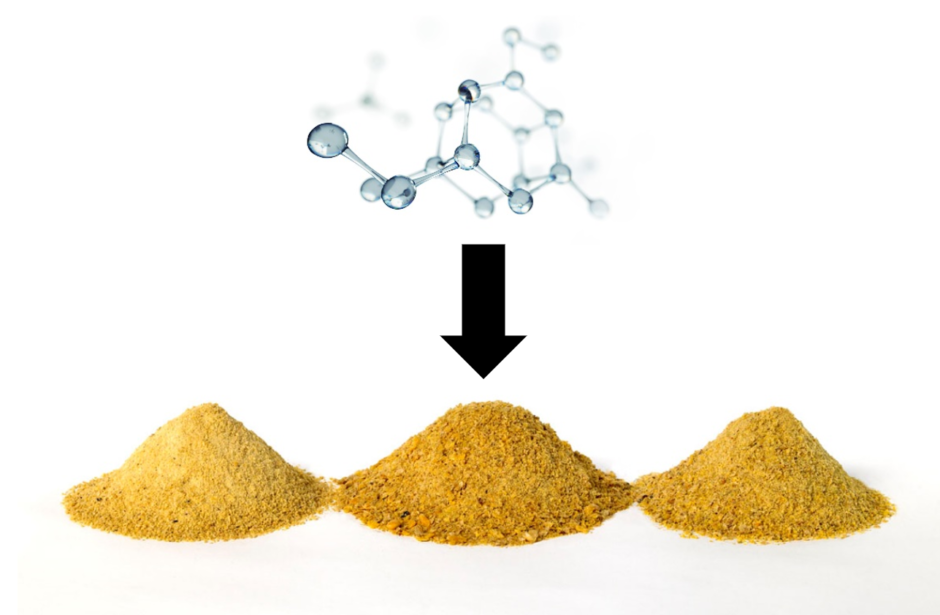EU Chicken Success: What Are They Doing That You Should Do Part 1

It’s no secret to Insta-Pro blog readers that the ways in which food animals are raised are changing. We’ve long blogged about food companies sourcing meat from animals fed only antibiotic-free diets. Recently, more evidence of antibiotic-resistant pathogens, located in conventionally-raised chicken meat, has emerged in the EU. These pathogens survived despite the methods used to control them, like antibiotics. The danger is that these pathogens could infect humans and the available treatment options would be limited.
A vast industry dedicated to specialty feed additives, including feed antibiotics, has been built up around the animal nutrition industry. But why do feed additives exist anyway and why are there so many?
It’s instructive to understand the accidental and truly wild story behind the history of antibiotic usage as growth promoters in animal diets. It tells of a marked deviation in tactics to improve animal production, moving from basic nutrition science to less understood blanket supplementation. You see, nobody fully understands how antibiotics improve animal growth performance. I’ve seen presentations over the years on this topic, and none were overly convincing. What’s clear is that a little antibiotic inclusion in an animal diet boosted growth performance and that this came through an accidental discovery by a pharmaceutical company. Seeing as antibiotics were cheap, nobody bothered to ask many questions before widespread use became the norm.
From an animal production perspective, this has become a big problem because many antibiotics no longer work to boost growth performance, despite the use of massive inclusion levels in the diet. After all, if the growth-promoting mechanism of action was never understood very well, then antibiotics could stop working and no one would understand why.
This leads us back to the world of nutrition. We understand quite clearly that food animals require digestible levels of nutrients, such as amino acids from protein, to maximize growth performance. We also understand how to produce high-quality ingredients to supply these nutrients. All of this can be measured very accurately.
It is time, now with diminished use of antibiotics, to move back towards nutrition. Ingredients from quality-focused, well-understood, highly-controllable processes like high-shear dry extrusion and mechanical oil pressing can lead the way (see here, here and here). Consumers want transparency when purchasing food and this is the best way to do it! Contact us for more details.



